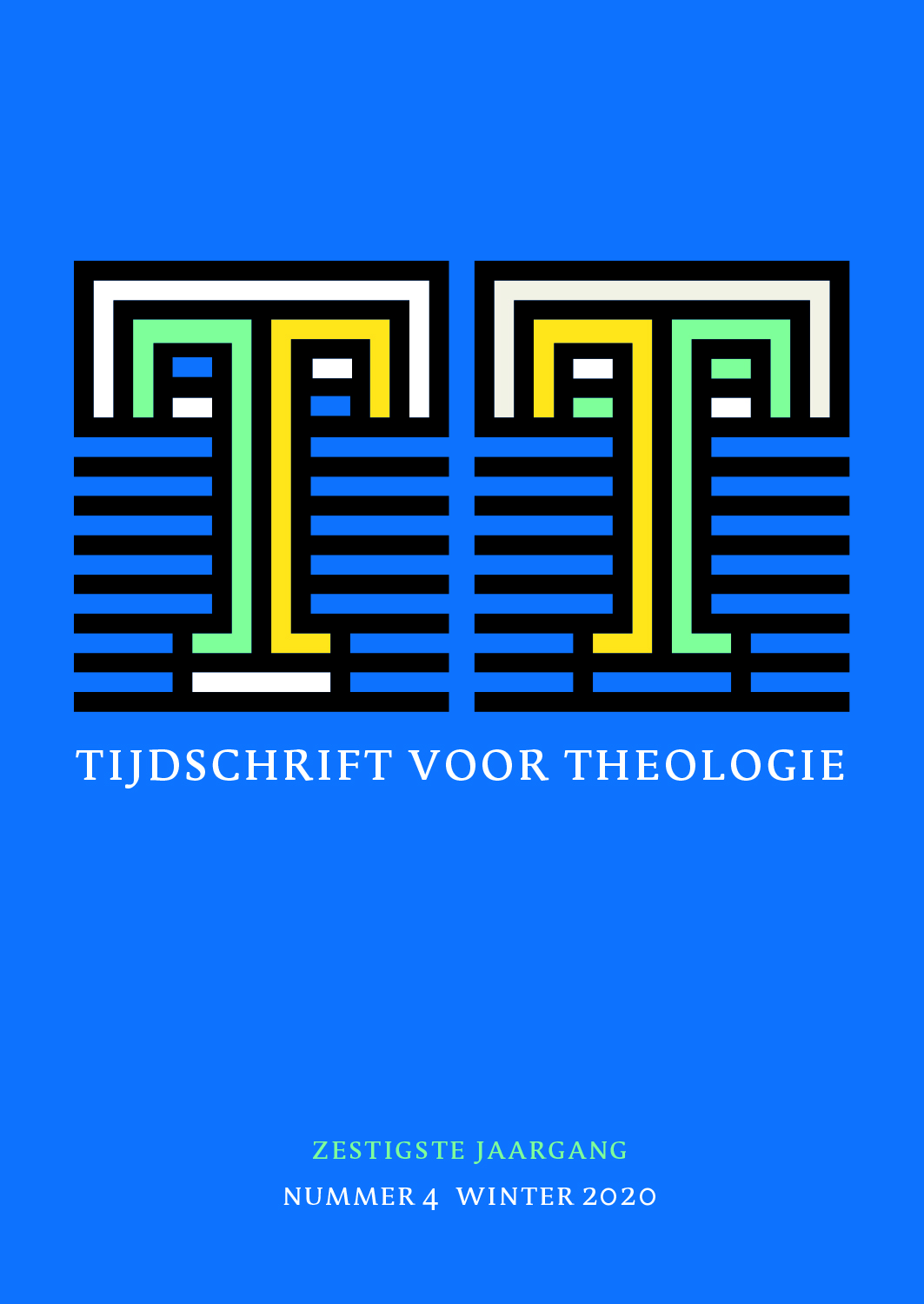 previous article in this issue previous article in this issue | next article in this issue  |

|
Document Details : Title: Stem & stilte Subtitle: Waarheid en openbaring bij Schillebeeckx Author(s): MAAS, Frans Journal: Tijdschrift voor Theologie Volume: 50 Issue: 1 Date: 2010 Pages: 51-72 DOI: 10.2143/TVT.50.1.3203426 Abstract : Truth is God’s. Ultimately it goes beyond what people can understand of it. Yet the fact remains that it orients human truth. However historically and culturally determined it might be, human articulation of truth is linked to, and is on a path toward God’s ultimate truth. Conversely, in His revelation God has come very close to that human search for truth in a special way. This is a constant theme in E. Schillebeeckx’s thinking. It is a constant undertone in his theology that differs with time and context. In the first half, up to the Second Vatican Council in the early to mid-1960s, his work was marked by the human search for truth and its progressive, but never total, success. He used the philosophical model that he learned from his teacher D.M. De Petter. Implicit human intuition can approach an understanding of Being itself which is hidden, but this intuition can never fully grasp it. Human concepts touch on Being. Schillebeeckx included this ontological dimension of truth in his theology. Human dogma touches on God’s truth, but can never encompass it fully. After the Second Vatican Council, revelation comes more strongly to the fore in Schillebeeckx’s theology. In this period, pride of place is given not to the human search for truth or human ascent into divine truth, but to God’s drawing near to humankind and the world. The ontological dimension receded. His theology became hermeneutical, oriented to Scripture and history, the places of God’s permanent revelation. Schillebeeckx often stressed the discontinuity in this shift. Yet there is also a striking continuity. God’s reality is present in human reception of God’s truth, albeit always in the historical, social and cultural size of that time and place. The fullness of God’s revelation is only eschatologically real. Ultimately it is the same way of thinking as in the past, but in a different setting and with other accents. It is hermeneutical yet with much attention for human shortcomings and future. Continuing this train of Schillebeeckx’s thought, the closing section reflects on theological truth. The author uses the image of a raft floating upon the waves to depict two aspects: human construction and being carried, sustained. Scripture uses two types of silence to portray God’s involvement in human truth. Even in the second type, in the terrifying silence that Job experienced, God reveals himself as salvation and ultimate truth. |
|
